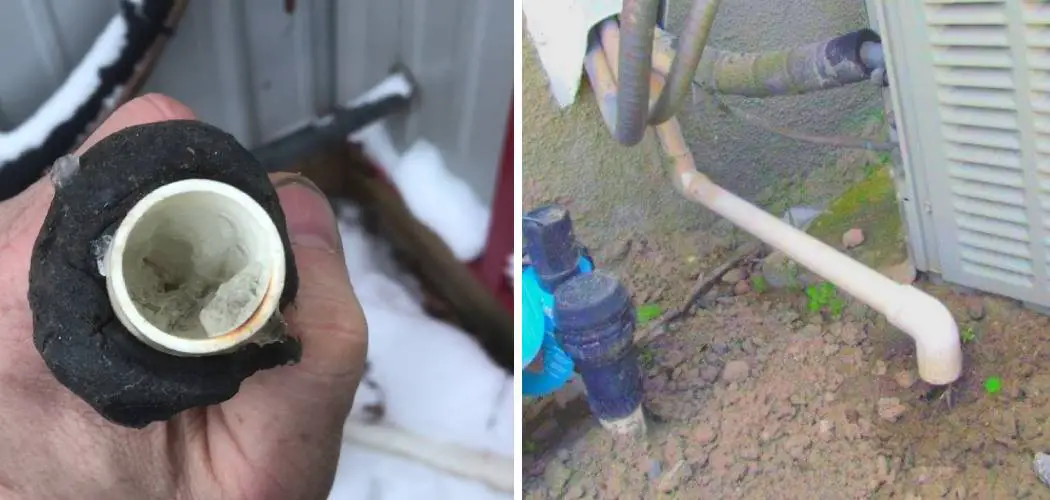Are you having problems keeping your condensate line from freezing and stopping up the air conditioner or furnace? Winter can be tricky to navigate when it comes to home maintenance; cold temperatures and low humidity levels cause moisture and condensation to build up in parts of the house, such as your air conditioner.
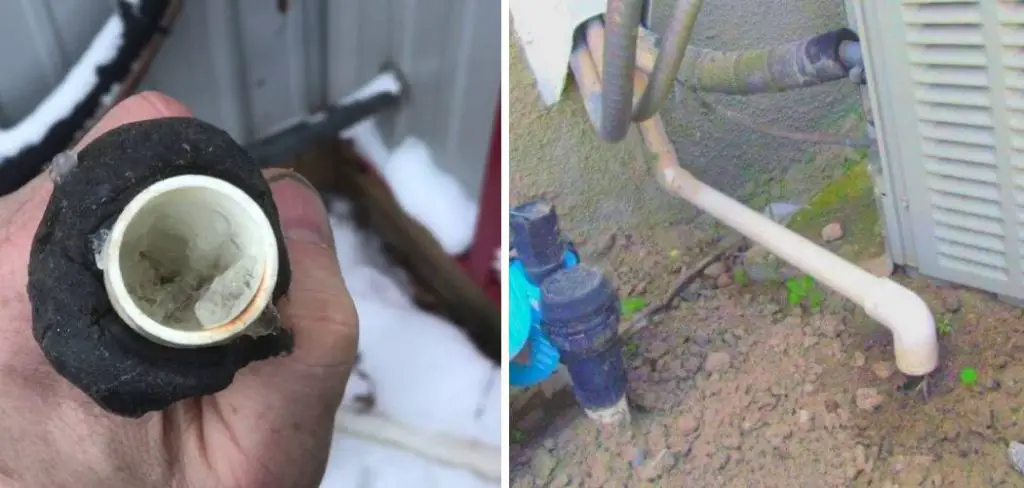
Every year during winter months, we all experience this common problem. Your response to a frozen condensation line might be to call for service or apply band-aids to unthaw it. However, these quick-fix solutions are not sustainable, nor do they resolve the issue at its core – meaning that repeated calls for help or repulsive attempts of DIY repairs will surely lead you nowhere.
But with the proper precautions, you don’t have to worry about frozen condensate lines being one of those winter hazards. In this blog post, we will explain How to Keep Condensate Line From Freezing so that you can enjoy worry-free warmth all winter!
Thankfully, some ways allow us to keep our condensation pipes safe and avoid recurrent malfunctions. We’ll break down how you can prevent freezes in your home’s air conditioning system by providing tips on modern insulation technology and best practices regarding maintenance checks. Read more below!
Necessary Items to Prevent Frozen Condensate Lines
You’ll need a few items to prevent your condensate line from freezing effectively. These include:
- Insulation tape or foam sleeves
- Heat tape/cable
- Thermostat with temperature setting feature
- Water alarm (optional)
10 Steps on How to Keep Condensate Line From Freezing
Step 1: Insulate the Condensate Line
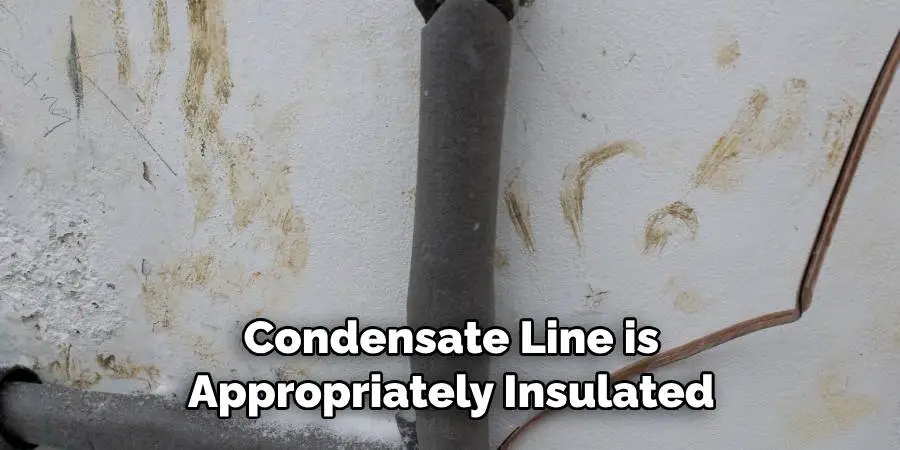
Before winter sets in, ensuring that your condensate line is appropriately insulated is important. You can do this by wrapping insulation tape or foam sleeves around the exposed parts of the pipe. This will help maintain a consistent temperature and prevent freezing.
Step 2: Install Heat Tape or Cable
You can also install heat tape or cable along the condensate line for added protection. This will provide a direct heat source to keep the pipe from freezing.
Step 3: Check and Adjust the Temperature Setting
Your thermostat should have a temperature setting feature that allows you to set the minimum temperature in your home. Ensure this is set no lower than 55°F (13°C) during colder months to prevent freezing.
Step 4: Regular Maintenance Checks
Regularly checking and maintaining your HVAC system, including the condensate line, is important. This will help identify any potential issues before they become major problems.
Step 5: Keep Your Home Insulated
A well-insulated home will not only keep you warm during cold months but it will also help prevent your condensate line from freezing.
Step 6: Keep the Area Around the Condensate Line Clear
Make sure no obstructions or debris around the condensate line could cause it to freeze. This includes keeping snow and leaves away from the pipe.
Step 7: Use a Water Alarm (optional)
If you want an extra layer of protection, you can install a water alarm near your condensate line. This will sound an alert if any water is detected, allowing you to take action and prevent freezing.
Step 8: Drain the Condensate Line
If you live in an area with extremely low temperatures, it may be necessary to drain the condensate line to prevent freezing. This can be done by turning off the HVAC system and draining excess water from the line.
Step 9: Keep Your Home Warm
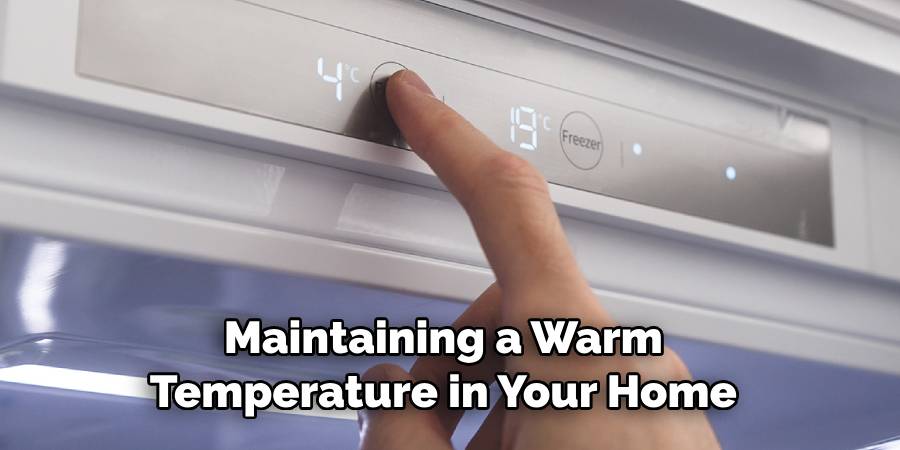
Maintaining a warm temperature in your home will help prevent freezing in your condensate line and other areas of your HVAC system.
Step 10: Call for Professional Help
If you need help maintaining your HVAC system properly or are experiencing recurring issues with a frozen condensate line, it is best to call for professional help. They will be able to provide expert advice and make any necessary repairs.
Preventing your condensate line from freezing is as simple as taking preventative measures and following best practices. Remaining mindful of all the factors that may contribute to frozen condensate lines will help ensure they function properly during the winter season. You can apply extra insulation around the pipes, check them for clogs or damage frequently, and ensure water pressure is consistent.
8 Additional Tips for Keeping Your Home Safe During Winter
1. Keep Your Home Well-insulated
Proper insulation can make a big difference in keeping your home warm and preventing freezing pipes. Make sure to seal any drafts and insulate any exposed areas, such as windows, doors, and pipes.
2. Check Your Home’s Humidity Levels
Low humidity levels can cause moisture to build up in your home, leading to condensation on your windows and other cold surfaces. Use a humidifier to maintain a comfortable humidity, usually between 30-50%.
3. Keep Your Gutters Clean
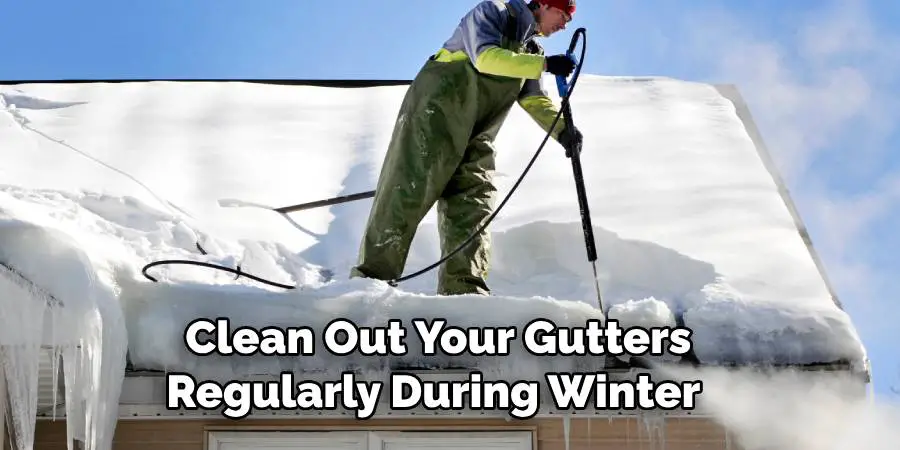
Clogged gutters can lead to ice dams on your roof, which can cause damage and leaks in your home. Make sure to clean out your gutters regularly during winter.
4. Winterize Outdoor Faucets
Before the cold weather hits, drain and disconnect any outdoor faucets to prevent them from freezing.
5. Let Your Faucets Drip
In extreme cold temperatures, letting your faucets drip can help prevent frozen pipes by relieving pressure in the pipes.
6. Use Extra Caution with Space Heaters
If you use space heaters to supplement your home’s heating system, keep them at least three feet away from flammable objects and turn them off when you leave the room.
7. Keep an Emergency Kit Ready
In case of a power outage or other winter emergencies, it is always best to have an emergency kit prepared with essentials like flashlights, batteries, blankets, and non-perishable food.
8. Stay Informed and Prepared
Stay informed about any potential winter storms or severe weather in your area, and be prepared for possible power outages by having a backup generator or alternative heating source.
By following these steps and tips, you can effectively prevent frozen condensate lines and keep your home warm and safe during winter. Remember to regularly check and maintain your HVAC system to ensure its proper functioning, and consult a professional if you encounter any issues.
Stay warm and worry-free this winter! So, thanks to these helpful tips and precautions, enjoy the chilly season without worrying about frozen pipes or malfunctioning HVAC systems.
Frequently Asked Questions
Can I Use Any Type of Insulation for My Condensate Line?
It is recommended to use specific insulation materials designed for HVAC systems to ensure proper coverage and protection. You can find these materials at most hardware or home improvement stores.
How Often Should I Check and Maintain My HVAC System?
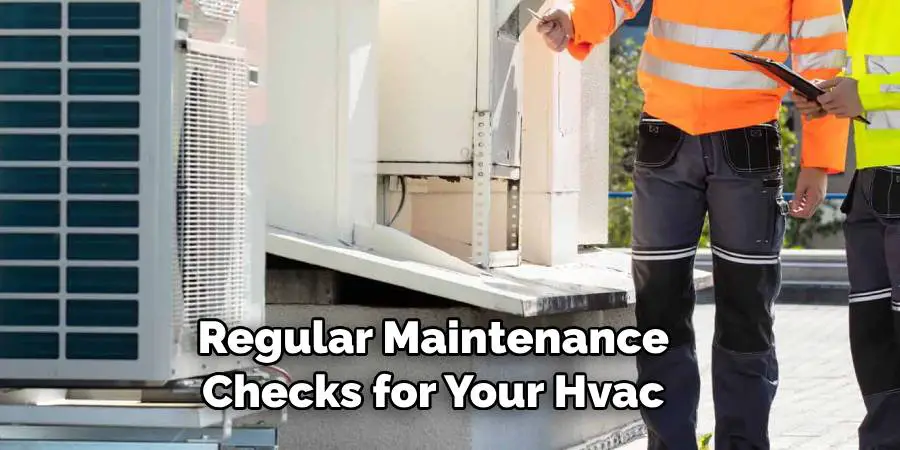
It is recommended to schedule regular maintenance checks for your HVAC system, including the condensate line, at least once a year. However, it is also important to routinely check for any potential issues throughout the year.
Is It Necessary to Install a Water Alarm?
While not necessary, a water alarm can provide extra protection and peace of mind. If you live in an area with freezing temperatures or have experienced issues with frozen condensate lines before, it may be a good idea to install one as an added precaution.
What Should I Do if My Condensate Line Freezes?
If your condensate line does freeze, turn off your HVAC system and use a hair dryer or hot water to thaw the pipe. Do not attempt to chip away at the ice, as this can cause damage to the pipe. If you cannot thaw the pipe yourself, call for professional help.
Remember, prevention is key in avoiding frozen condensate lines. With a little effort and preventative maintenance, you will be able to successfully keep your condensate line from freezing this winter! So be proactive in protecting your pipes this season by following the tips and tricks discussed here today; doing so will give you peace of mind that everything will run without issue.
Conclusion
In conclusion, condensation line freezing in winter can be prevented with easy and effective solutions. Prepping your plumbing system for winter is a must if you live in icy areas. So, make sure to follow the steps and tips on how to keep the condensate line from freezing mentioned above and keep your home safe and warm this winter!
Try adding insulation, a heating cable, or heat tape – these options can help prevent freezing temps from damaging the condensate line pipe. We also recommend getting a professional to come out and inspect your lines every once in a while to ensure they are working properly.
Don’t let a frozen condensate line cause major problems for your home and HVAC system. With proper maintenance, insulation, and precautions, you can avoid this issue and ensure your home stays warm and comfortable during winter.
Remember to regularly check and maintain your HVAC system, keep your home well-insulated, and use caution with space heaters. Stay informed about potential winter storms, and be prepared with an emergency kit. And if you encounter any issues, don’t hesitate to call for professional help. Follow these guidelines and enjoy a worry-free winter season!

